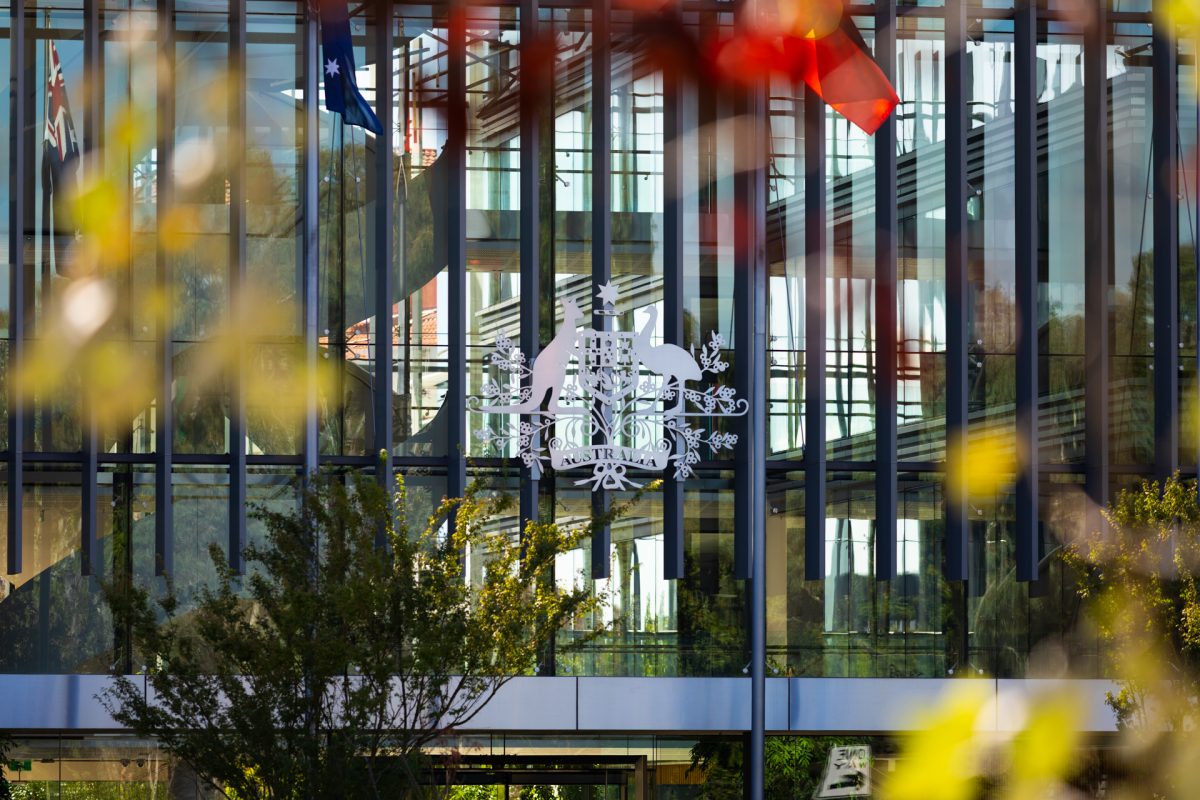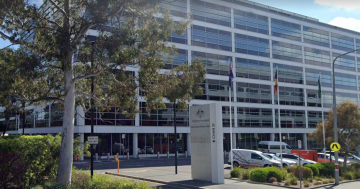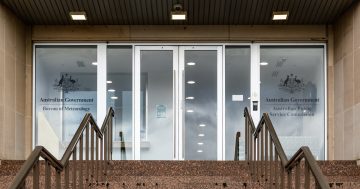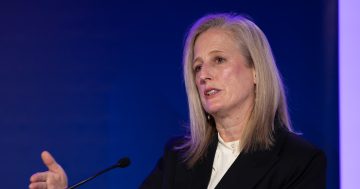
The senior ranks of the APS have had a median pay rise of 7.4 per cent, compared to 3.8 per cent for those in the lower ranks. Photo: Michelle Kroll.
Pay rises for the senior ranks of the public service far outstripped those given to their juniors last year, with most bosses getting percentage top-ups to their salaries that were almost twice what the regular workforce got.
The Australian Public Service Remuneration Data Release 2024 has just been published, showing that for the 2023-24 financial year, Senior Executive Service base salaries had a median increase of 7.4 per cent, while the non-SES increase was only 3.8 per cent.
It is the fourth year in a row that SES pay increases have been proportionately higher than those for the other ranks of the APS.
The median base salary for non-SES employees is now at $98,800, while the median SES salary is $250,000 – although some SES salaries are way beyond the half-million-dollar mark.
The Australian Public Service Commission says the disparity in median non-SES and SES median movement in 2024 was significantly influenced by the deferral of SES wage increases originally scheduled for 2023.
“A substantial proportion of SES employees also received two wage adjustments in 2024, related to an increase deferred from 2023 and a scheduled pay increase in 2024,” it says in the report of the data release.
“In addition, some agencies paid SES employees a payment to realign the SES pay cycle with the common pay increase date of 14 March 2024.
“This contrasts with 2023, when a large number of SES employees did not receive any wage increase.”
It says a combination of factors drove the 7.4 per cent increase for SES, including the trend of repackaging motor vehicle-related allowances into SES base salaries.
“This led to larger SES base salary increases for around 13 per cent of SES employees and a decrease in the proportion of SES employees paid a motor vehicle-related allowance (from 18.9 per cent in 2023 to 4.4 per cent in 2024),” it says.
“The repackaging of motor vehicle-related allowances is consistent with the slower growth of SES total remuneration package and total reward compared to SES base salary increases.”
But when it came to performance bonuses, one SES Band 3 (the highest level station in the service) got a whopping $408,610 ‘thank you for your hard work’ extra top-up.
This is despite the Federal Government discouraging performance bonuses.
“Performance bonuses in the APS are defined as at-risk, variable payments based on performance,” the APSC says.
“Commonwealth agencies are expected to limit use of these bonuses to roles that involve demonstrable at-risk performance outcomes, like those involving significant investment or public milestones.”
A total of 0.3 per cent of APS employees received a performance bonus in 2024, with the median bonus paid being $800, a decrease from $1,000 in 2023.
The decrease is due to fewer higher-value bonuses resulting from a reduction in SES recipients, two agencies removing a performance bonus provision from an enterprise agreement and one agency, previously reporting performance bonuses, reporting none.
The APSC’s Performance Bonus Guidelines, issued in 2021, stipulate they must be issued sparingly.
“Commonwealth entities and companies must carefully target who is provided with the opportunity to earn a performance bonus as part of their remuneration package,” it states.
“Performance bonuses must not be used to top up remuneration packages and should be genuinely at risk.
“As a general principle, most positions should not be eligible to earn a performance bonus. For instance, performance bonuses would not be appropriate in most policy, service delivery, regulatory, or corporate roles.”
Non-SES base salaries were increased in the 2023-24 year in line with service-wide enterprise bargaining, having been finalised, agreeing on incremental increases over three years to March 2026.
“APS agencies paid a 4 per cent wage increase from 14 March 2024, consistent with the outcomes of service-wide bargaining through new enterprise agreements (or other workplace arrangements),” the report says.
“This formed part of a three-year package that included further wage increases in subsequent years and a reduction in pay fragmentation across the APS.”
The APS gender pay gap continued to decline in 2024, albeit at a lower rate, which the service attributes primarily to the differing representation of males and females across classifications.
In 2024, the difference was 4.4 per cent, compared with 4.5 per cent in 2023.
The report notes that in 2024, a higher proportion of women were engaged in lower classifications compared to men, which likely contributed to the slower decline in the gender pay gap for 2024.
Original Article published by Chris Johnson on Region Canberra.











